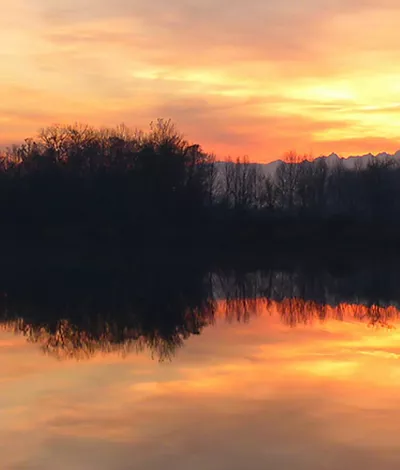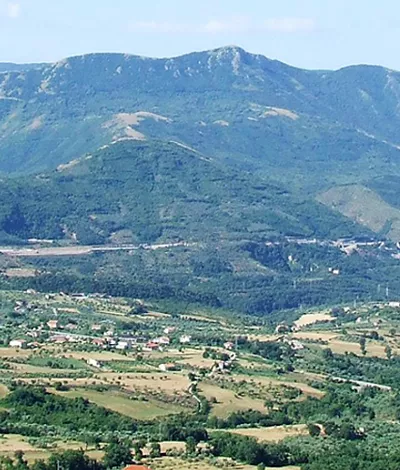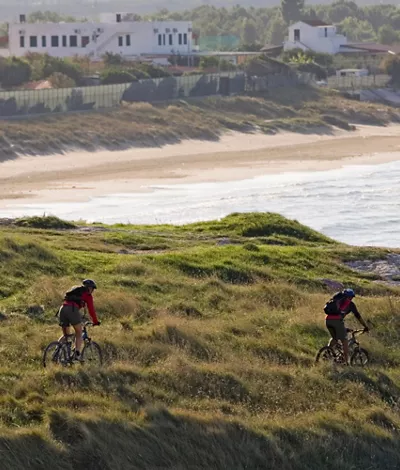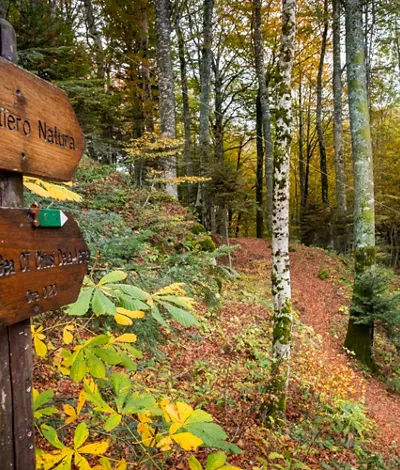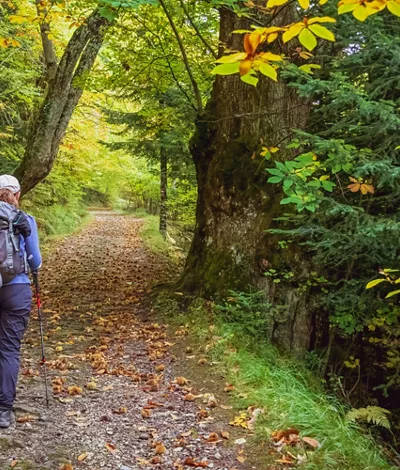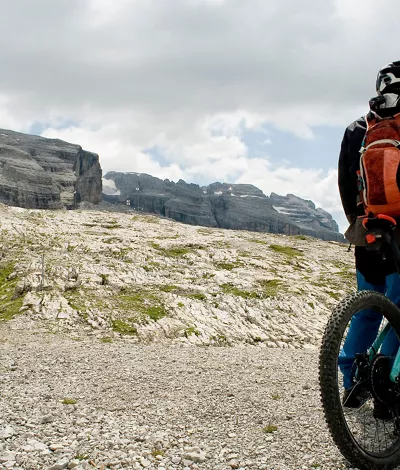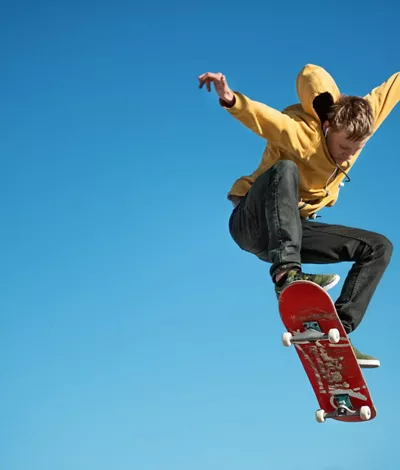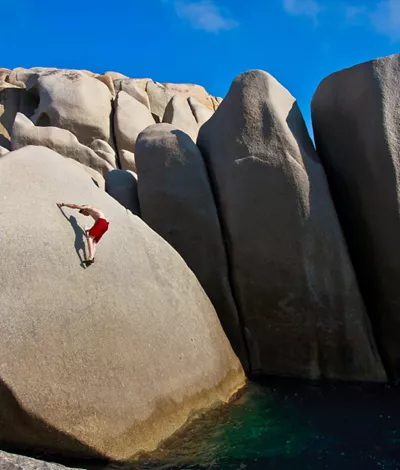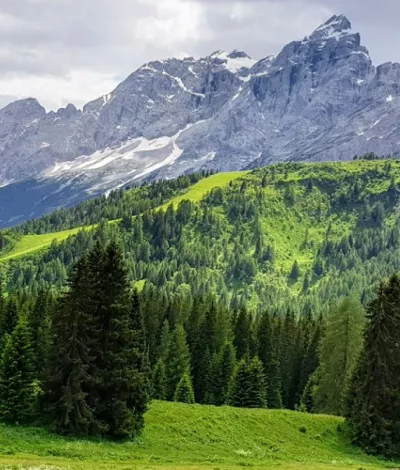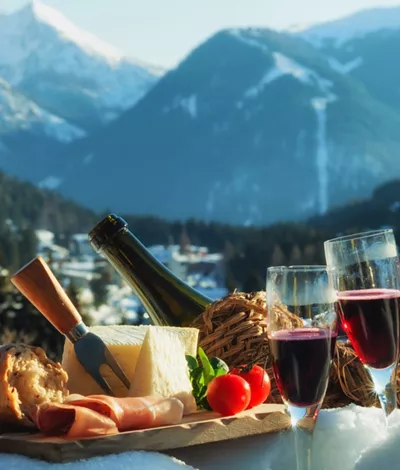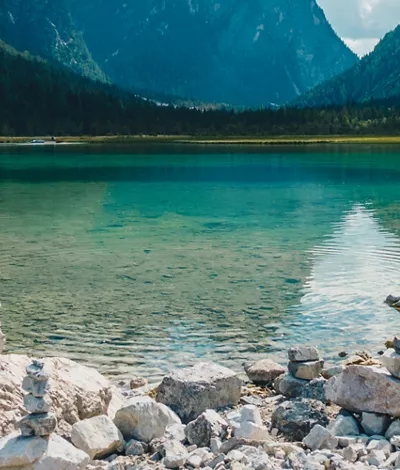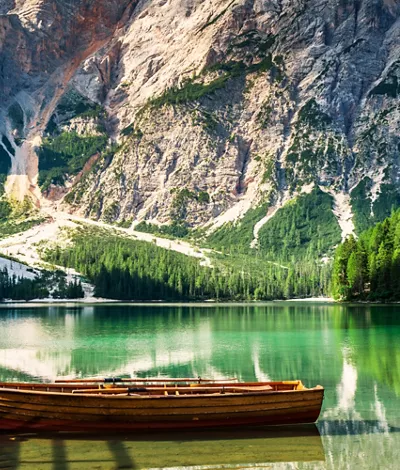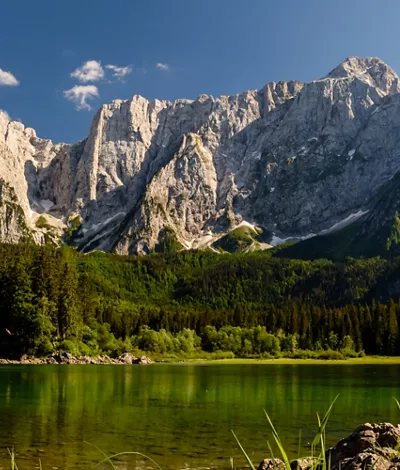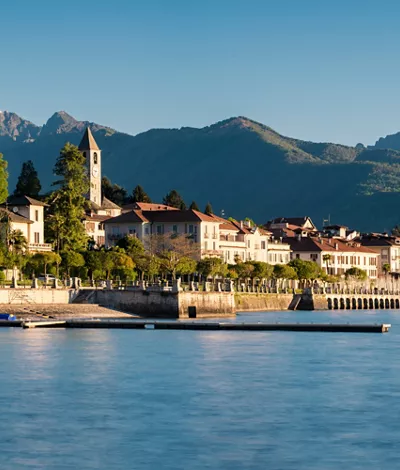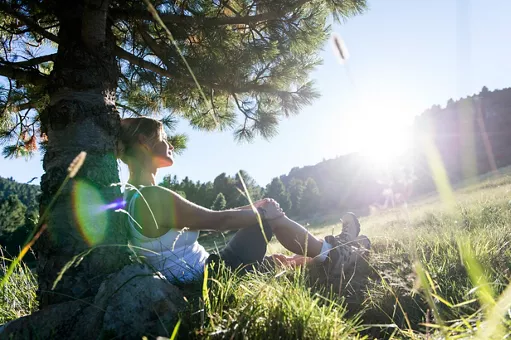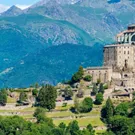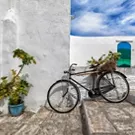Incredible views and enchanted villages from the Alps to the Apennines: Italy's mountains are the perfect destination for those seeking a change of scenery and unspoilt nature
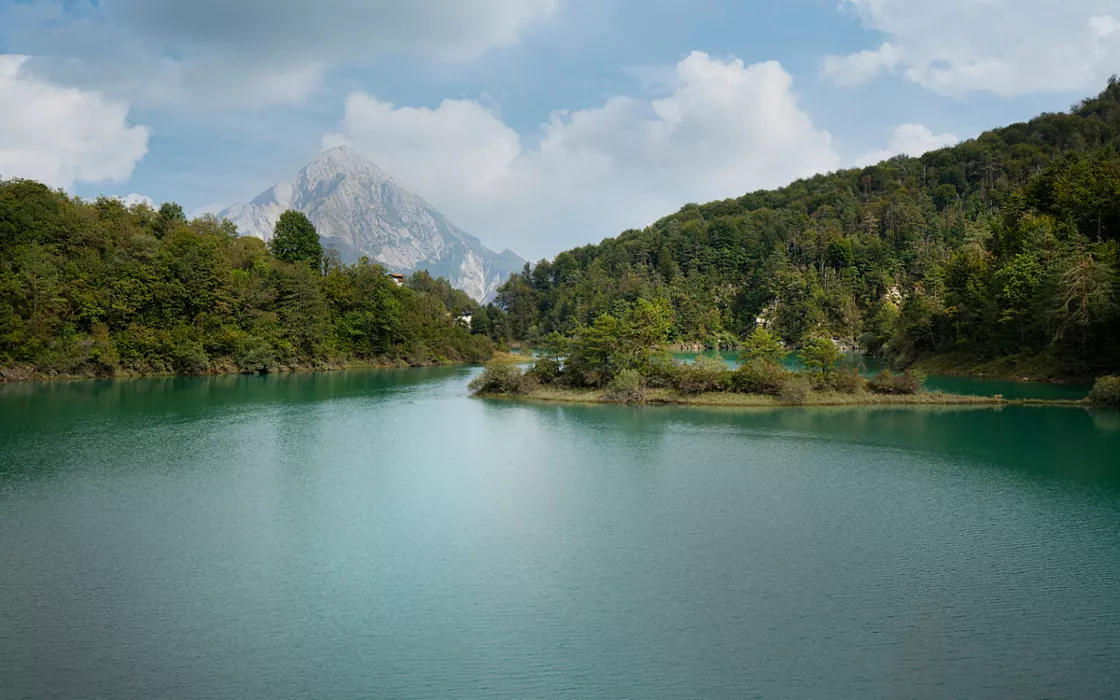
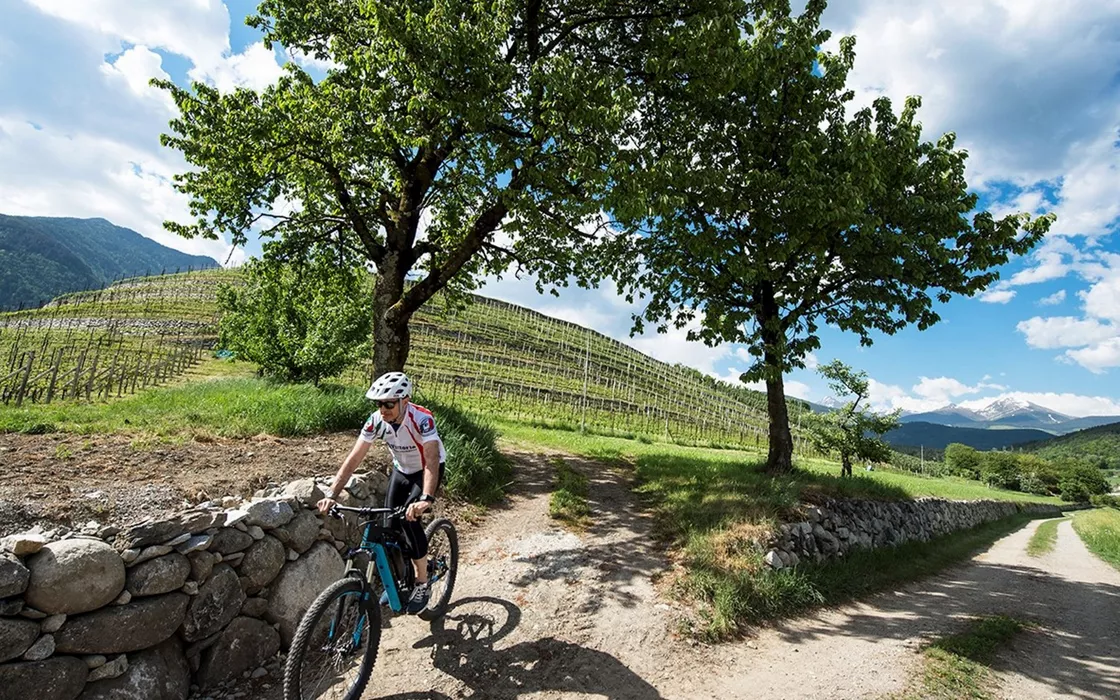

Cycling through the lush greenery of the Pusteria Valley at the foot of the Dolomites
Learn more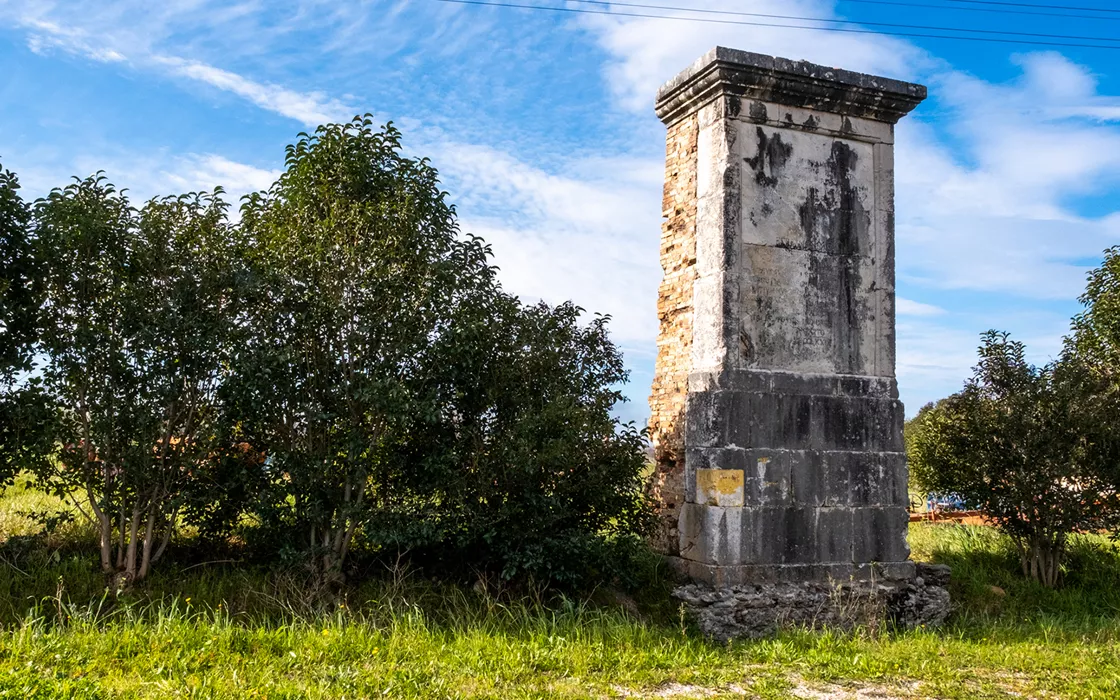

The Strada Regia delle Calabrie - Part 2: From the Sele to the Alburni, among ancient taverns and masserie.
Learn moreDiscover Italy




Aosta Valley
The Aosta Valley is a paradise for visitors seeking outdoor experiences in nature while exploring history and traditions The smallest region in Italy, dotted with the highest peaks in the Alps, it is the ideal destination for anyone who enjoys winter sports and high-altitude walks. Its green valleys and fairy-tale castles make the Aosta Valley an enchanting place to experience all year round.
Discover



Piedmont
Piedmont is sure to enchant you with its mountains, hills, typical flavours and uniquely elegant cities An extraordinary heritage of art and history, culture and nature, characterises Piedmont, a region with a thousand faces, one more interesting than the other: cities of rare elegance, mountains that lend themselves to splendid skiing or walking, fascinating villages, hills that are among the best known in the world for their extraordinary wine production.
Discover



Lombardy
Lombardy: a dynamic land immersed in the present and reaching toward the future, but with an extraordinary heritage of art and nature Lombardy is a region in the north of Italy known for its industry and finance, of course, but also for its art and extraordinary landscapes, starting with the picturesque lakes and its mountains, Valcamonica and Valtellina in primis. Capital and symbolic city, Milan represents the industrious heart that goes hand in hand with other cities with a vibrant spirit.
Discover



Trentino
Trentino is sure to amaze you with its immense natural heritage, the spectacular splendour of the Dolomites and fascinating sites steeped in history Discover Trentino’s culture of slow travel, taking the time to savour every corner among nature and cultural trails and educational farms. You will find hundreds of hotels offering wellness centres for truly relaxing holidays for the whole family in some of Italy's most beautiful villages, set in unique landscapes.
Discover



South Tyrol
Alto Adige is a dream place to discover all year round amidst green valleys and snow-capped peaks Combine the relaxation of spa treatments with the pleasure of fun in the snow for a real wellness boost amidst Alpine lakes, beautiful villages and state-of-the-art ski facilities suitable for all ages. All this and more in the majestic scenery of the Dolomites, a UNESCO World Heritage site in Alto Adige.
Discover



Veneto
Veneto, a region of wonder, with cities of art of undisputed beauty, as well as the most pristine nature The beauty of Lake Garda, the charm of the Dolomites, the sea of Jesolo, the hills covered with vineyards and the relaxing thermal baths, on top of an immense artistic and historical heritage, elegant cities such as Venice and Verona, quaint villages and breathtaking landscapes. Veneto is all this and much more.
Discover



Friuli-Venezia Giulia
Friuli-Venezia Giulia Friuli Venezia Giulia: a treasure chest nestled between sea and mountains A border region sandwiched between the Friulian Dolomites and the Upper Adriatic, blessed with an immense cultural heritage resulting from the influence of different cultures and peoples, cosmopolitan and modern, Friuli Venezia Giulia will also seduce you with its temptations of relaxation, sport and fun.
Discover



Liguria
Tucked-away villages, secret little beaches and superb nature: how enchanting Liguria is! Liguria is a wonderful strip of land enclosed between the sea and the mountains, with pastel-coloured houses and breathtaking views. With lush unspoilt nature, many small towns to discover and an incomparable culinary tradition, it enraptures the eye and the heart.
Discover



Emilia-Romagna
Emilia Romagna, a region of unrivalled charm, with immense artistic beauty and unparalleled hospitality Emilia Romagna with its Riviera Romagnola offers beach tourism that attracts families and young people to its shores every summer. Rich in sites of historical and cultural interest, this region boasts a world-renowned wine and food tradition. Skilful hospitality does the rest, making Emilia Romagna an ideal holiday destination in every season. Video credits: Oliver Astrologo
Discover



Tuscany
Tuscany will win you over with its unique landscapes, cities of art, thousand-year-old history and fantastic food Tuscany’s magical atmosphere evolves day by day as you stroll around the cities of art, cycle in the parks, enjoy the sea or savour its typical products, in a region with a one-of-a-kind natural, cultural and historical heritage that has fascinated visitors for centuries.
Discover



Umbria
From Assisi to Perugia, via Gubbio, Lake Trasimeno and Marmore Falls: Umbria is a truly enchanting tourist destination Peaks covered in lush forests and large valleys outlined by rivers, lakes and waterfalls; sorrounded by villages and castles, crossed by paths steeped in history, art and culture, in a natural environment that helps to restore the body and soul: Umbria, the Green Heart of Italy, is all this and much more.
Discover



Marche
Le Marche, a plunge into the history, art and architecture of a region with the scent of the sea and redolent of traditions and hospitality A great variety of landscapes and an infinite range of colours that make the area's natural beauty incomparable, plus an artistic heritage that fears no comparison: this is how the Marches, with an area of no more than 10,000 square kilometres, will captivate you forever.
Discover



Sardinia
Sardinia: a journey to the island of the emerald sea, nuraghi, unspoilt nature and millenary traditions Crystal-clear waters, beaches of soft, white sand, granite rocks framed by wild, fragrant Mediterranean scrub: welcome to Sardinia, an island of a thousand contrasts that will also seduce you with its unique archaeological heritage and its people's innate sense of hospitality.
Discover



Lazio
Lazio is not only Rome: landscapes and monuments of Lazio Rome, the capital of Italy and a unique open-air museum in the world, is enough to make Lazio one of the most beautiful and interesting regions. Even in terms of landscape, it boasts an area of great impact and remarkable variety, with its long coastline, beautiful hills and Apennine mountains. A destination to fall in love with.
Discover



Abruzzo
Abruzzo, a journey through history between sea, mountains, flavours and unspoilt nature in parks and protected areas A region in central Italy, Abruzzo has two souls and one heart. Predominantly mountainous and hilly, it overlooks a beautiful stretch of the Adriatic Sea. Here, you will find the highest peaks of the Apennines, such as the Gran Sasso and the Majella massif, as well as the only Apennine glacier, but also some of the most popular beaches.
Discover



Campania
Campania offers landscapes, history, culture and a gastronomic tradition that the whole world envies A consistently mild climate, lush nature framing breathtaking landscapes, unspoilt villages and fairy-tale coastlines: this is Campania, a region that sums up centuries of cultures, between West and East, in a single Mediterranean jewel known for its unparalleled hospitality. A destination for the soul, the eyes and the palate.
Discover



Molise
Molise, a tiny region with grandiose landscapes: come and discover its history and culinary tradition Molise is a region steeped in history, characterised by numerous tasty food and wine delicacies, but also by rich nature reserves and villages that seem crystallised in history. A destination yet to be discovered, amid marvellous seashores and breathtaking high cliffs
Discover



Apulia
Apulia: the sunny region between two seas and warm hospitality in places rich in history Located in the heart of the Mediterranean, it is a magical combination of artefacts, history, art and unspoilt nature, amidst beautiful coastlines and picture-postcard landscapes. This is Puglia, a region of golden beaches and crystal-clear waters, intense flavours and fascinating destinations: Castel del Monte, the trulli, the islands passing through towns kissed by a unique and unforgettable light.
Discover



Basilicata
Basilicata, a region of ancient origins, suspended between two seas and with mountains of great beauty Basilicata is a region where the passage of man has left its mark since prehistoric times. With the ancient name of “Lucania”, it is enriched by an incredible artistic heritage. Not to mention its never-boring panorama, which ranges from the Lucanian Dolomites to the Pollino Park, passing through two seas.
Discover



Calabria
Calabria is the region of crystal-clear sea, the Riace Bronzes, Reggio Calabria and Capo Vaticano, a captivating mix of history and beauty Calabria, also known as the tip of the Italian boot, is a region in Southern Italy characterised by the incredible diversity of its landscapes, with the proximity of mountains to a splendid sea that attracts tourists from all over the world.
Discover



Sicily
A dive into Sicily, where a sea of art, culture and nature will seduce you and become eternal love A predominantly hilly and mountainous area, but one that wins the hearts of tourists from all over the world with its wonderful sea and rich cities with a charm all their own. Sicily is a picture-postcard island characterised by the indelible marks of the people who have lived there and made it unique, amidst artistic and cultural testimonies of enormous value.
Discover
Continue living like an Italian
Subscribe to the Newsletter so as not to miss places, events and experiences for experiencing the best side of Italy: the authentic one.
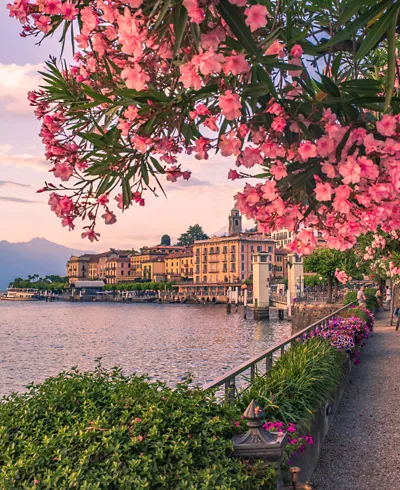
Get updates
Do you want to know the latest news about our beautiful country, stay updated on the most interesting events, discover our special offers and receive many tips and suggestions from insiders?






